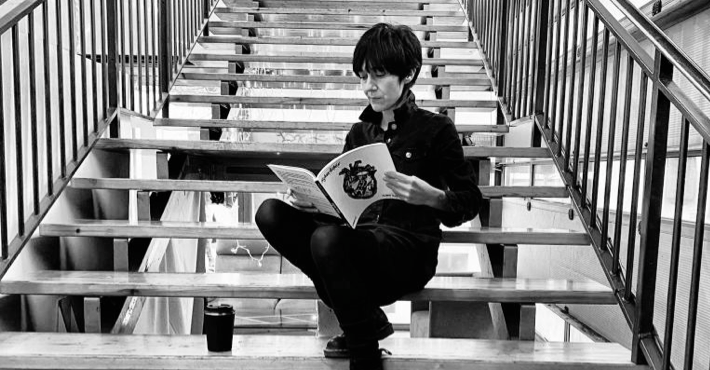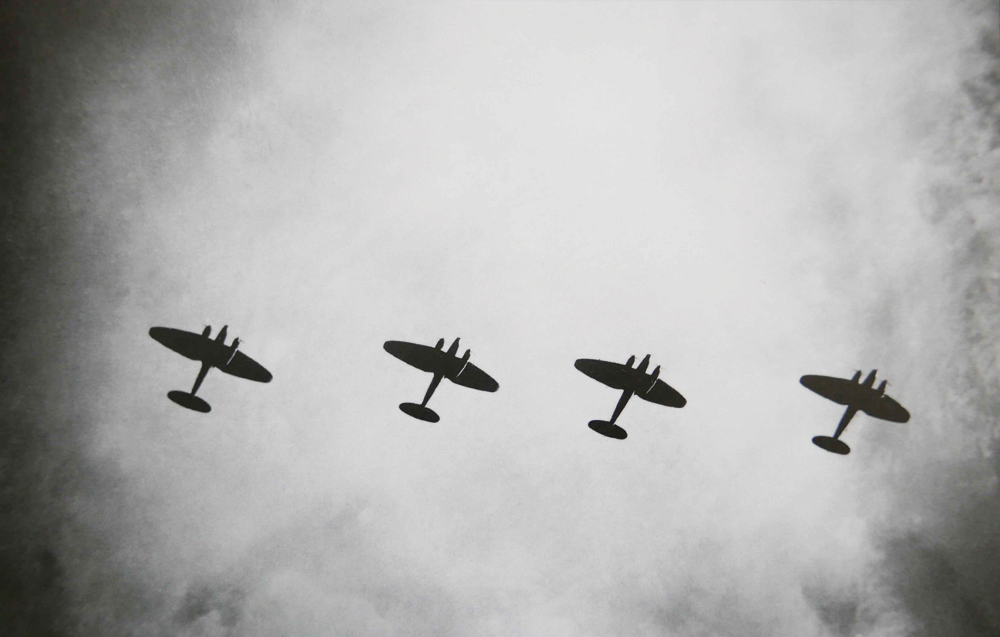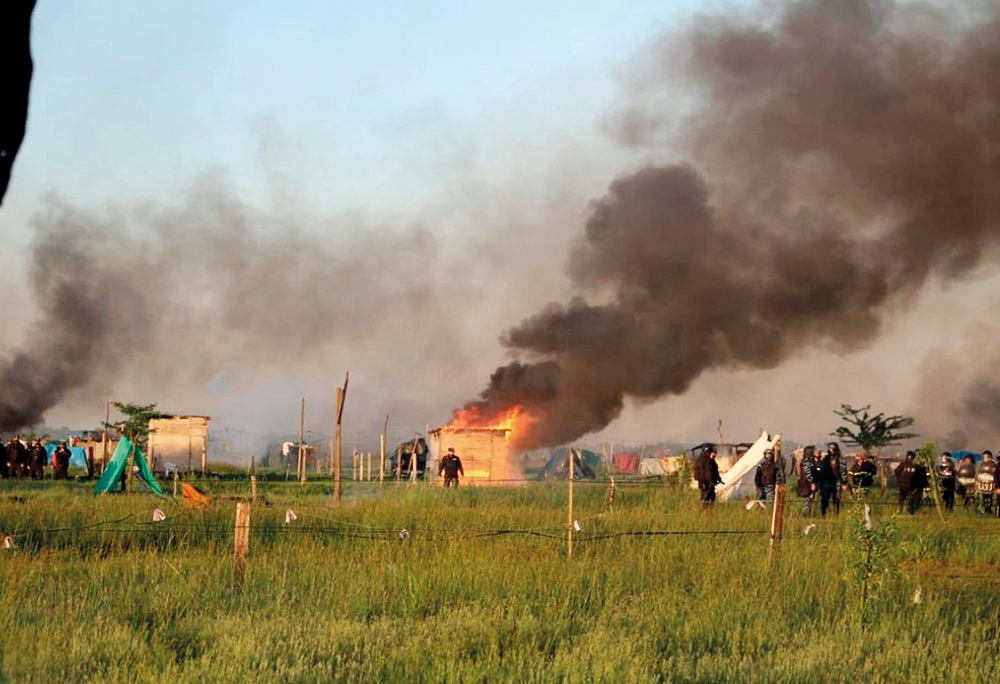The crimes of the Condor Legion forgotten also in Germany
- In Gernika there have been commemorative acts of the 1937 bombing, and a dispute arises after statements by Minister Bolaños of the Spanish Government: "It is an honour to be here to represent the legitimate government of the Republic that attacked with the bombing." In Germany, however, beyond this fact, they have little knowledge of the participation of the Condor Legion in the extermination of citizenship in the Basque Country and in other territories of the Spanish State. Journalist Carmela Negrete has told this lack of memory in Context magazine.

26 April. Another year, in Gernika they have organised a multitude of acts to recall the massacre and destruction of German aviation in 1937. As usual, the sound of Astra's mermaid has sounded at 15:45, just as it did more than eight decades ago when fascist planes approached, and citizens have been sailing at dusk.
On 6 April 1937, the German Condor Legion and the Italian aircraft Aviazione Legionaria set Gernika on fire and destroyed 85 per cent of the town ' s buildings; it is estimated that the dead exceeded 2,000.
Going around with the story
Like every year, a floral offering has been made to the dead in attack, and this year, moreover, the Spanish Government Presidency Minister Félix Bolaños has for the first time attended a high representative of the Spanish State. Pedro Sánchez has also announced that Gernika will be “the place of memory.”
But the attitude of the Spanish Government is not enough for the president of the CAV, Iñigo Urkullu, and asks him a gesture to recognize the “pain caused”. EH Bildu, for its part, has asked the Sanchez government to acknowledge its responsibility in the massacre.
"It is an honour to be here, representing the legitimate government of the Republic that attacked the bombing," says Bolaños. For many, coming to say that to Gernika has been like a knife. Eneko Andueza, Secretary General of the PSE-EE, for his part, has not done so, and has called for "history not to be manipulated" by those who apologise to the Spanish Government.
Once again the struggle of the story. Who is the heir to the current Spanish Government? The democratic republic? Or did it leave everything to the Franco regime? To answer this question, we only have to look at how things were done in the transition.
But memory and recognition are not just something for the Spanish Government. This massacre was carried out directly and in cold blood by the German aircraft Luftwaffe, but among the Gernika Germans it is hardly the title of a painting.

“Other Guernica”, exterminated by the Condor Legion
This is what journalist Carmela Negrete says in Context. In her comprehensive report El ‘Guernica’ or the tip of icerberg (‘Guernica’ as it stands), the Condor Legion analyzes her German vision of the Legion’s participation in the 1936 War and states that Picasso’s Guernica has become “the only image of Hitler’s German participation in the Collado State of Franco.”
The media and museums of that country have partly ignored all the massacres carried out by Nazi aviation in the Basque Country and in the territories of the Spanish State, although since August 1936, almost since the beginning of the war, Hilter sent the “volunteers” of the Condor Legion to protect the military uprising.
The German media and museums have partly ignored all the massacres carried out by Nazi aviation in the Basque Country and in the territories of the Spanish State.
According to Xabier Irujo, a researcher at the University of Reno, Luftwaff carried out at least 650 bombings in the Basque Country and used the territory as an experimental site. A month before Gernika, the German aircraft destroyed Durango, and then Eibar and other villages. Thus, many other “Gernika” were also the subject of the Condor Legion.
Morning test in Munitibar
The Gernika bombing in the afternoon, a few hours earlier, was attacked at Munitibar by the Junker 52 bombers of the Condor Legion and by the Heinkel 51 fighter planes. They dropped bombs and gunshots on the population, and in addition to destroying many buildings, they killed several people: “Downloading zian ta atza itzulta. And we called ourselves ethorten “cacos”, with machine gun and… it ended (…) Horre started by the goix. After Arrtsaldiak they took the Christmas oath and then bombed Gernike. First Munitxibar and then Gernika.”

This is how the words of Juana Bollar, witness of what happened in Munitibar, are reproduced. Munitibar was introduced on Sunday 26/04/1937. Chronicle book of an air strike that collects, through many testimonies and documents, what happened in and around Munitibar in April 86 years.
The German Parliament officially apologised to the people of Gernika in 1997. But, according to Carla Negrete, professor of history at the Autonomous University of Barcelona, David Alegre, “the focus of political interest in Gernika, under the influence of Picasso, is not casual, it is a smoke artifact that aims to block public debate, on Germany’s responsibility for the abolition of the democratic republic of the [Spanish State]”.
German indifference
For Negrete, although Germany has often been regarded as a model for working the historical memory, in this case it is far from this assertion. The archives of the Condor Legion have disappeared and when they have been asked for information on their actions, as the Government of Asturias did, they have replied that there is no investigation by the German administrations.
Moreover, Alegre says that German society recently tends to be “indifferent” to the crimes that were committed on behalf of its country, and highlights the suffering of the Germans during the Second World War. Thus, many see the history of the Condor Legion as its protagonists have explained: “As a sympathetic adventure”.

Perhaps it is understood that an entire avenue in Berlin, the Spanische Alle (Avenida Española) maintains that name. In June 1939, thousands of soldiers of the Condor Legion marched in front of Adolf Hitler at the Branderburg Gate, and to honor them they put that name on the avenue. “A small neighboring plaza bears the name of Gernika,” the journalist explains.
San Vicente barrutia (Argentina), 1934ko maiatzaren 18a. Mathilde Díaz Vélez lurjabeak Buenos Airesetik 40 kilometro ingurura zeuden bere lursailetan Guernica izeneko herria fundatzeko eskaera helarazi zion Buenos Aires probintziako Obra Publikoetako ministroari,... [+]




















